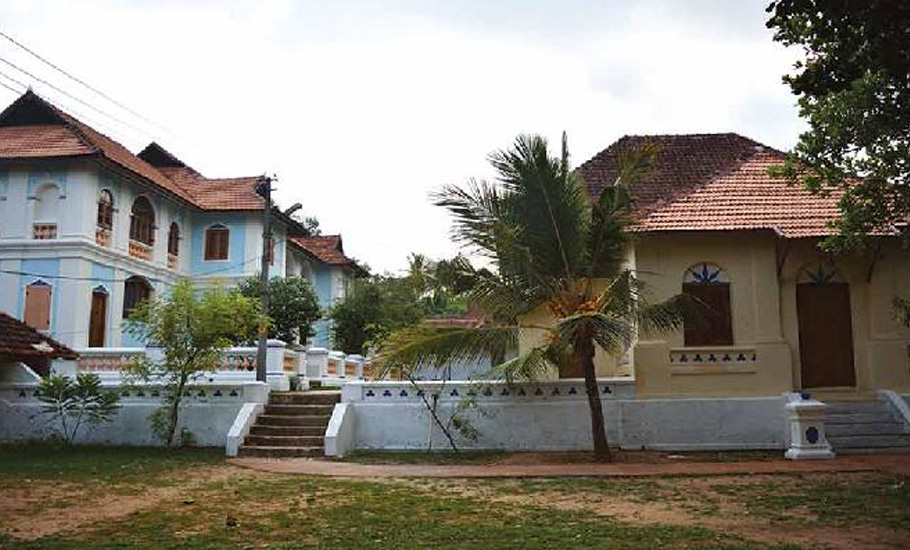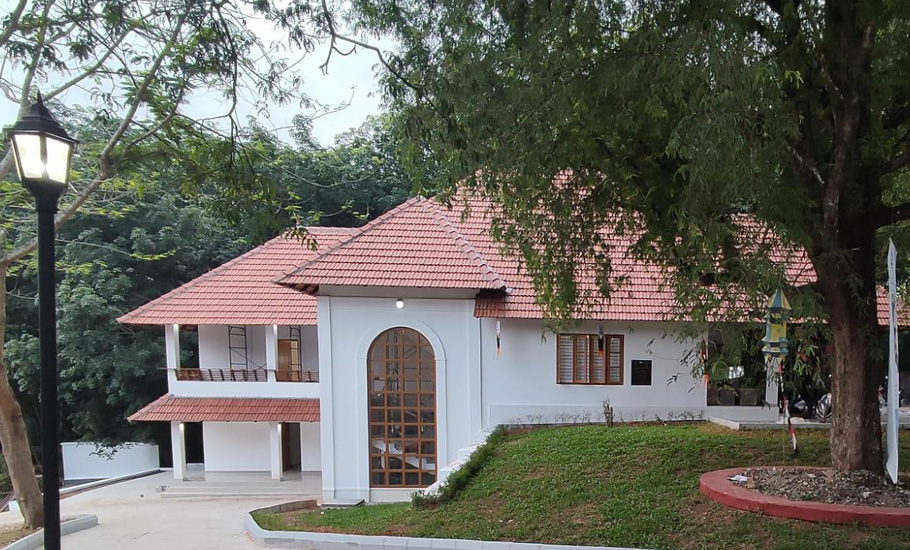
- Home
- India
- World
- Premium
- THE FEDERAL SPECIAL
- Analysis
- States
- Perspective
- Videos
- Sports
- Education
- Entertainment
- Elections
- Features
- Health
- Business
- Series
- In memoriam: Sheikh Mujibur Rahman
- Bishnoi's Men
- NEET TANGLE
- Economy Series
- Earth Day
- Kashmir’s Frozen Turbulence
- India@75
- The legend of Ramjanmabhoomi
- Liberalisation@30
- How to tame a dragon
- Celebrating biodiversity
- Farm Matters
- 50 days of solitude
- Bringing Migrants Home
- Budget 2020
- Jharkhand Votes
- The Federal Investigates
- The Federal Impact
- Vanishing Sand
- Gandhi @ 150
- Andhra Today
- Field report
- Operation Gulmarg
- Pandemic @1 Mn in India
- The Federal Year-End
- The Zero Year
- Science
- Brand studio
- Newsletter
- Elections 2024
- Events
- Home
- IndiaIndia
- World
- Analysis
- StatesStates
- PerspectivePerspective
- VideosVideos
- Sports
- Education
- Entertainment
- ElectionsElections
- Features
- Health
- BusinessBusiness
- Premium
- Loading...
Premium - Events

Raja Ravi Varma’s memorial to turn into a canvas for budding artists

In the 1850s, a senior attendant at the Kilimanoor Palace, 32 km from Thiruvananthapuram, had an ‘extra’ job. A little boy would draw the images of birds and animals on the white walls of the palace using pieces of charcoal and the attendant would erase the scribblings before the head of the palace noticed them. The experiment went on and on until the little one’s uncle and head of...
In the 1850s, a senior attendant at the Kilimanoor Palace, 32 km from Thiruvananthapuram, had an ‘extra’ job. A little boy would draw the images of birds and animals on the white walls of the palace using pieces of charcoal and the attendant would erase the scribblings before the head of the palace noticed them. The experiment went on and on until the little one’s uncle and head of the palace Raja Raja Varma himself noticed the scribblings one day. The attendant thought he would lose his job, but the uncle’s reaction came as a surprise. He ‘blamed’ the attendant for erasing the scribblings of the little one from the walls. The uncle then asked little Ravi Varma to start learning the basics of drawing staring the very next day. The rest is history.
Born in 1848 in Kilimanoor Palace, Raja Ravi Varma was a painter well ahead of the times that he lived in. A master of classical realistic portrayals, many of his works still stand the test of time. Even though some art historians call the popular oleographs of Ravi Varma ‘calendar art’, the methods that he used in the 19th century as an artist were innovative and modern, a reason why he got a prominent place among other great artists in the world. The palace in Kilimanoor, where Ravi Varma grew up, attains significance, as the walls of the palace might have the remains of those old charcoal marks. If you want to know more about the artist, you must visit the palace. Maintained by the state archaeology department, the palace complex has many buildings (some of them built and maintained by the artist himself) including the studio where Ravi Varma used to sit and paint. A week ago, an Artists’ Residency Studio was opened on the premises of Raja Ravi Varma Memorial, half a kilometre away from the palace.

Set up by the Kerala Lalithakala Akademi, the two-storied building has five rooms and facilities for artists to stay and do their work. The idea is to provide a creative space for artists in this home town of Ravi Varma. It was Kerala state culture minister Saji Cheriyan who inaugurated the Artists’ Residency Studio on Ravi Varma’s 174th birth anniversary on April 29. People, including artists, who came to the palace, lacked a space where they could sit and work. With the opening of the Residency Studio, more artists are expected to use the facility. To begin with, some senior award-winning artists will be invited to stay at the newly opened studio.
“Everyone knows that Kilimanoor is the birthplace of renowned painter Raja Ravi Varma. But this sleepy town lacks basic facilities for those who visit the place. The Artists’ Residency Studio will provide space for artists to come and experiment their ideas in the native place of renowned painter Raja Ravi Varma,” said Murali Cheeroth, chairperson of the Kerala Lalithakala Akademi. Educated in Santiniketan, Murali has great ideas on how the studio should function. “The more the artists come to this town, the more it will be useful for the place and its people. The students and public can interact with the visiting artists and such get-togethers will help enrich the social and cultural understanding of people here. Such experiments will also help Kilimanoor achieve a place on the global map,” he said.
The Kilimanoor Palace complex comprises traditional residential structures of Kerala like the Nalukettu, small and medium-sized buildings, ponds, wells and a well-maintained sacred grove. The building that Raja Ravi Varma (1848-1906) built and his studio are maintained with great care. The Raja Ravi Varma Memorial where the new Artists’ Residency Studio has come up is half a kilometre from the palace. So it’s easy for the artists to go and enjoy the old-world-charm of the palace anytime.
Ravi Varma, who popularised realistic painting in India, was an avant-garde in the fields of art and printing. He redefined the idioms of Indian tradition, using European techniques. He also took art to the common man, establishing printing presses to make reproductions of his works in various parts of India. “Even though Ravi Varma did a lot of portraits for the colonial officials and Indian kings and queens, his realistic works were easily conveyed to all. They are not meant for a particular class. A layman can enjoy the paintings. The new residency studio is a fitting tribute to the artist,” said SK Sukumaran, an art teacher based in Kilimanoor.
Renowned abstract painter Achuthan Kudallur welcomed the idea. “Residency studios are a great idea if maintained well. The organisers should give opportunities to young artists rather than senior artists. Young artists need encouragement. So it is better to give them more chances to use the facility,” he said. “The studio should be maintained well, otherwise, it will spoil the purpose,” he added.
The opening of spaces for artists to work in a quiet, serene atmosphere, is inspiring, according to artist Asma Menon. “The architecture of the residency studio is very aesthetic. I would love to spend a good three months producing works at Kilimanoor, without the stress of day-to-day living,” she said. “Some residency studios offer a grant. Once a proposal is made and accepted, the artist executes the works at the location. All expenses are taken care of. The grant is used exclusively for the project idea and its implementation. A transparent offer of what is available to the artist must be displayed. The guidelines are important for both the artists from India as well as abroad,” said Asma.

Speaking about the functioning of the residency studio, Murali Cheeroth said a final plan with guidelines will be published soon. “The building has five rooms on a twin-sharing basis. They are specious. The duration of stay has been fixed to one month. The two-storied building has a hall, kitchen and other facilities for artists to do their creative works. Food will be provided. We will come up with the tariff and guidelines soon,” he added.
It is possible artists working out of the residency studio in Raja Ravi Varma’s memorial attain the greatness he achieved after beginning to scribble on the walls of a palace.
